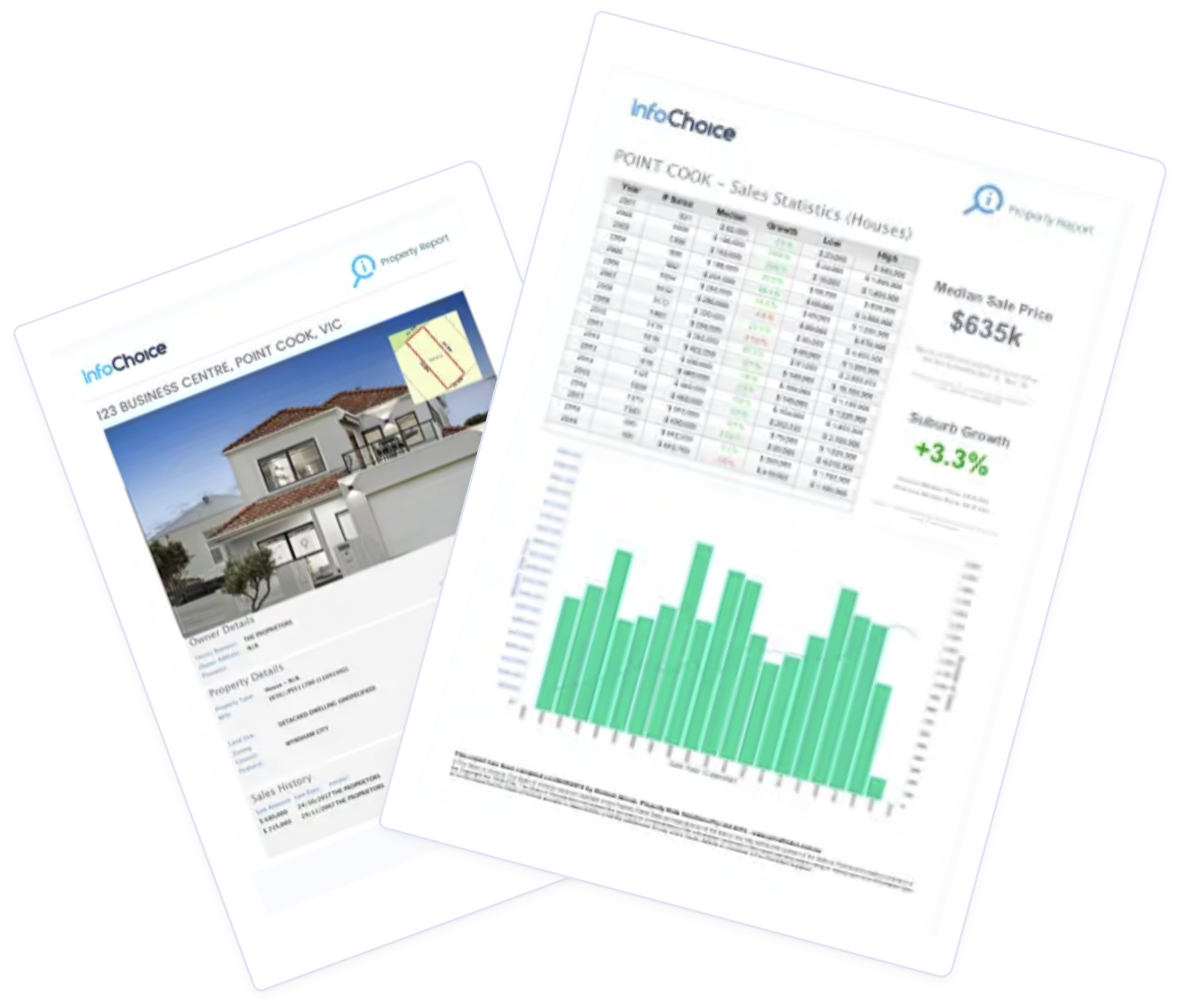
- Around 3% of owner-occupiers and 10% of investors selling property recorded a loss on sale in the September quarter
- Overall, however, nearly 93% of property sales resulted in a profit, coming in at a median $298,000
- Adelaide was the most profitable city, with just 1.5% of sales being loss-making, while 30% of those in Darwin resulted in a loss
Property flippers beware: The number of loss-making, short-term sales has increased once more, according to CoreLogic findings.
Meanwhile, one in 10 selling an investment property realised a loss on sale.
Comparatively, only a small portion of those selling their homes (around 3%) suffered the same fate.
Both camps realised a median loss of around $40,000 last quarter.
Nearly 7% of properties held for three years or less also sold for a loss in the September quarter, according to new research from CoreLogic – up from 3.6% in the same period of 2022.
Of around 86,000 properties sold during the quarter, 15.7% were resales held for three years or less, marking a slight quarter-on-quarter dip in short-term selling.
CoreLogic head of research Eliza Owen notes that figure could be a reflection of increasing mortgage stress on the back of rising interest rates.
"While the portion of short term reselling dipped marginally quarter-on-quarter, resales with a hold period of three years or less hit a decade high in the year to September,” she said.
"Another emerging trend in resale analysis is the greater share of loss-making that occurred within a relatively short hold period, as opposed to properties commonly making a loss after being purchased in mining regions around a decade ago.
Properties held for three years or less represented one in five loss-making resales and were located all across the country.
The data comes as a Resolve Finance survey of property investors revealed one-in-five are planning to sell in 2024.
The highest portion of short-term loss-making sales occurred in the sale of houses in Melbourne’s inner and western regions, as well as Sydney’s Central Coast.
Overall, however, the vast majority of those selling property in the three months to September posted a profit.
More than 93% were bought for more than they were previously, with sellers realising a combined median gain of $298,000: $339,300 for owner-occupiers and $209,025 for investors.
The number of properties sold within three years of purchase is expected to increase slightly in 2024, largely thanks to a forecasted increase in the unemployment rate.
“This will test serviceability, and may lead to an increase in motivated selling for mortgagors with high debt levels and low savings buffers,” Ms Owen said.
“However, this is ultimately a small share of mortgagors, so the portion of short term resales is not expected to grow substantially from where it is now.
“Ongoing increases in home values nationally should contain the rate of loss-making short term resales, though capital growth conditions were looking weaker across Sydney and Melbourne to the end of this year.”
More profitable: Houses or units?
Meanwhile, CoreLogic found house sales were more commonly profitable than unit sales in the September quarter.
The undoubtable majority of house sales (around 97%) sold for more than they had previously, recording a median gross profit of $364,000.
When it came to unit sales, however, 87% were profitable on sale, marking a nominal median gain of $167,000.
Though, when it came to short term, loss making sales, houses were over represented, making up close to 65% of sales.
Australia’s most profitable cities for property sales
The property data business has also revealed which of the nation’s capital cities boasted the largest share of profitable property sales: Adelaide.
The South Australian capital took the top spot for the fifth consecutive quarter, with 98.5% of sales recording a profit.
It follows a surge in property prices across the city.
Prices there have risen more than 50% since the onset of the pandemic.
On the other hand, Perth and Darwin recorded the largest portions of loss-making sales, at 10% and 30% respectively.
"Perth's rate of loss-making sales is now far more comparable to that of east-coast capitals, where Sydney and Melbourne had loss-making resale rates of around 9%," Ms Owen said.
Image by Cole Ankney on Unsplash.
